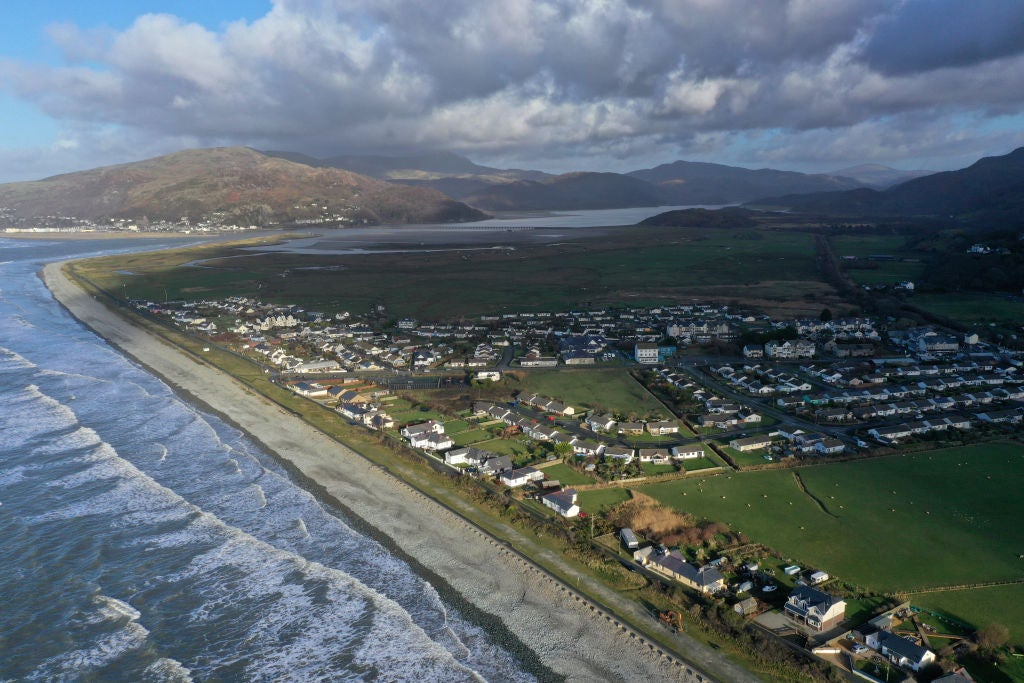Some UK coastal communities will have to move inland because of climate change. That was the opening message of James Bevan, chief executive of the UK’s Environment Agency (EA), at the Flood and Coast Conference on 7 June 2022. A week later, on 15 June, a study revealed that rising sea levels put 120,000 to 160,000 UK properties at risk of flooding in the next 20 to 50 years.

Even if global warming is limited to 1.5˚C above pre-industrial levels, sea levels will rise. According to the 2018 UK Climate Change Projections by the EA, the average sea level could increase by more than a metre by 2100 and extreme weather events will increase. As a result, total annual damages to residential buildings from flooding (including from groundwater and rivers) in the UK could rise to £1.2bn by the 2080s in a worst-case scenario, of which £280m could be from coastal flooding alone.
Policymakers face significant decisions on how to respond to and prepare for the threat of rising water. During the 7 June conference, the EA launched a road map with actions for the next four years to tackle risks from flooding as well as coastal erosion. In parallel, the UK government has implemented a £5.2bn programme to fund flood and coastal defences.
“Climate change will only bring more extreme weather and this road map will spur on the timely action required to manage flood and coastal risk, help reduce the costly impacts and manage the risks to people’s homes and businesses across the country,” said Floods Minister Rebecca Pow in a press release.
In England and Wales, the EA works with local councils on shoreline management plans that consist of four options: 'Hold the Line', where the current shoreline remains as it is; 'Advance the Line', where land is reclaimed to expand the shoreline; 'Managed Realignment', where the shoreline is allowed to retreat; and 'No Active Intervention', where no action will be taken.
According to the 15 June study, more than half the English shoreline currently comes under the Hold the Line approach. However, there is increasing recognition of the limits of what can be done to keep the shoreline intact. According to EA director Bevan, this is the “hardest of inconvenient truths”.
“In the long term, climate change means that some of our communities cannot stay where they are,” Bevan said in his opening speech at the Flood and Coast Conference. “That is because… there is no coming back for land that coastal erosion has taken away or which a rising sea level has put permanently or frequently under water.
“This means that in some places, the right answer – in economic, strategic and human terms – will have to be to move communities away from danger, rather than to try and protect them from the inevitable impacts of a rising sea level.”
In 2014, the village of Fairbourne in Wales became the first in the UK to be told by the local council it would no longer be defended against rising sea levels. In 30 years, or earlier if the town becomes uninhabitable, all of the approximately 1,000 residents will be evacuated and relocated. So far, it is unclear where the residents are supposed to go or if they will receive financial support to relocate.
The study of England’s shoreline plans shows that some communities will be hit harder than others. A range of 120,000 to 160,000 residential and non-residential properties that currently have a Hold the Line policy in place could be under pressure to consider a Managed Realignment policy by 2050, and an unknown proportion of those properties will require relocation. North Somerset faces the largest challenge, with around 34,000 properties at risk.



